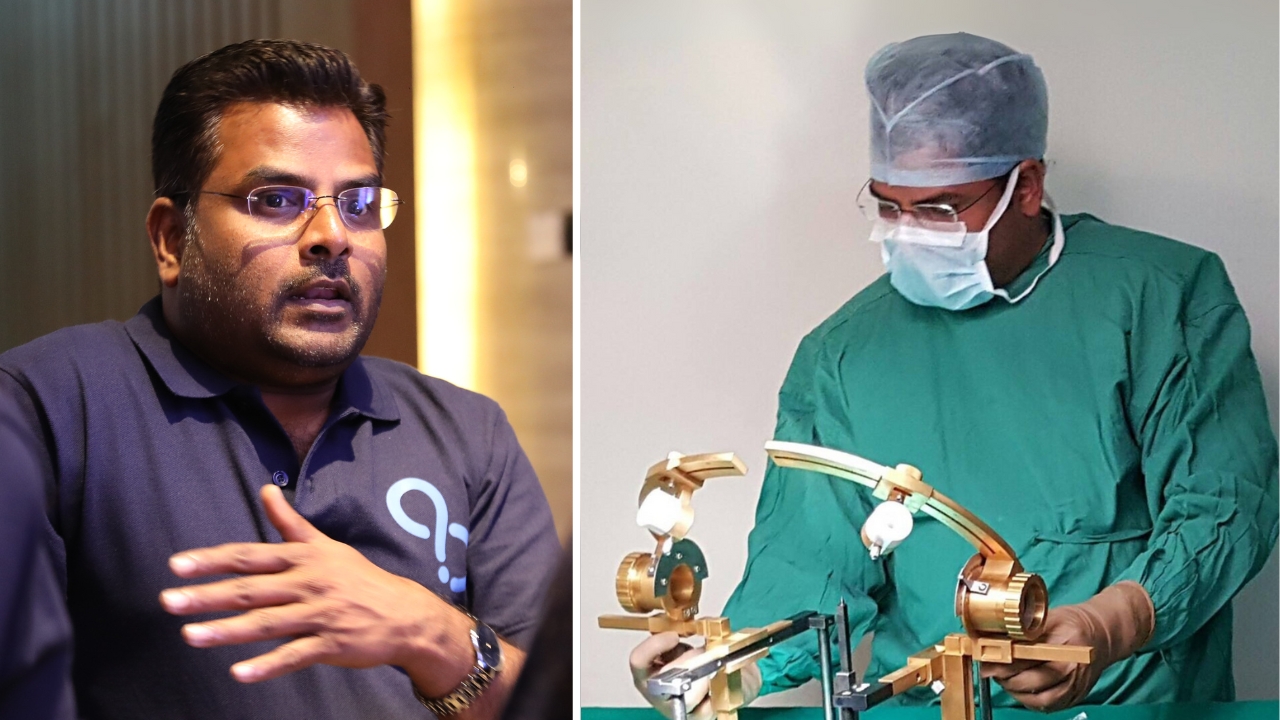Innovation. The word is everywhere — in pitch decks, hackathons, and conference slogans. But when you work on the frontlines of healthcare in India, you realize something deeper: innovation must begin where the need is greatest, not where the spotlight shines brightest.
As a neurosurgeon, I’ve seen families sell land for a life-saving surgery. I’ve seen hospitals delay procedures because they lacked a single imported instrument. These aren’t isolated stories. They’re a system-wide reality. And for me, that reality demanded action.
The RADARC Frame A Lesson in Grounded Innovation
Years ago, I collaborated with a small team to develop RADARC — an indigenous stereotactic frame meant to replace expensive imported systems. The goal? To make complex brain surgeries possible even in resource-limited settings — with the same precision, at a fraction of the cost.
The device worked. It helped patients. It sparked hope.
But commercially, RADARC didn’t scale. We faced challenges in manufacturing, regulation, and adoption. And yes, it was disheartening. But here’s what I’ve come to believe: not all innovation succeeds in business — some succeed in shifting perspective.
RADARC may not have become a product line, but it taught me what matters: build to solve, not to impress.
Innovation Must Be Indian
Our country doesn’t need more imported robots or token pilots. We need solutions that are affordable, scalable, and locally relevant.
Innovation in India must be: - Frugal built with cost in mind, without cutting corners - Purpose-led solving real clinical pain points, not chasing vanity metrics - Patient-centric focused on dignity, access, and outcomes
We often wait for others to build “first-world” solutions and then struggle to retrofit them into “our-world” realities. That’s backwards.
From Scalpel to Screen The Birth of LinQMD
The journey didn’t stop with RADARC. In fact, it led to something bigger: LinQMD a digital platform where doctors build their own identity, connect with patients, and own their digital presence.
If RADARC was about solving for one device, LinQMD is about solving for the entire system. It’s a product of the same mindset: see the gap, solve the gap.
We don’t need to wait for validation. We need to solve meaningfully and then scale with confidence.
Final Thoughts
Not every prototype becomes a product. But every honest attempt becomes a learning curve one that shapes better systems.
In a country like ours, we must celebrate problem-first innovation solutions built for our people, tested in our clinics, and ready to scale with the right support.
Because innovation shouldn’t begin with a funding round it should begin with a real need. And when it does, it not only deserves validation it earns it.



Add a Comment